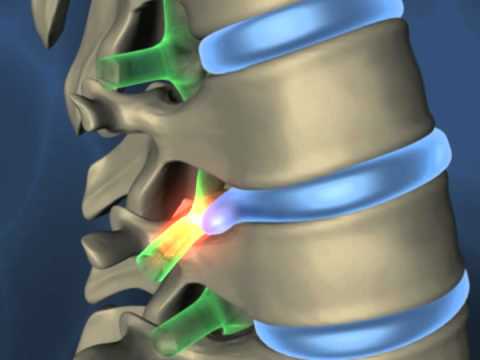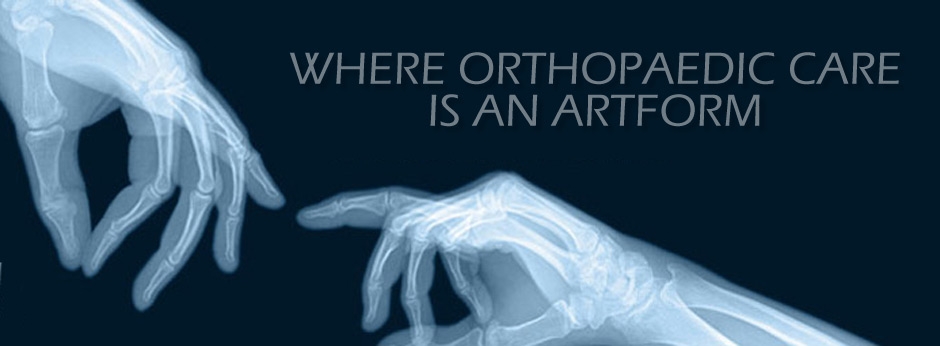Percutaneous Discectomy

Percutaneous Discectomy
A percutaneous discectomy is the most minimally invasive technique possible used to surgically treat disc bulges, protrusions, and small contained herniated discs.
The development of percutaneous spinal procedures has yielded a major improvement in reducing recovery time and post-operative pain because they require minimal, if any, muscle dissection and they can be performed under local anesthesia.
What is a percutaneous endoscopic discectomy?
Percutaneous means surgery is performed through a needle puncture, instead of a large skin incision. The use of a needle allows the surgeon to access the disc through a tiny opening in the skin and through natural openings in the spine. Once the needle is in place it is exchanged for a small tube that allows an endoscope to pass through it. Endoscopic means that the surgeon performs the procedure through a channel in the endoscope, while watching with the endoscope camera.
How is a percutaneous endoscopic lumbar discectomy performed?
Percutaneous lumbar discectomy is a minimally invasive procedure for the treatment of lower back pain due to a herniated disk. The patient is face down or lies on their side. A tiny skin nick is made on the skin of the back, near the flank. A needle is then placed through the skin nick and into the disc. A small wire is then placed into the disc, through the needle. The needle is exchanged for a series of small tubes. Using specialized instruments surgery is performed through these tubes. The procedure is guided by an endoscope, placed through the tube, and X-rays.
What are the advantages of percutaneous endoscopic discectomy?
Because a needle is used to access the disc from the skin, a skin incision is not made, only a skin nick. Since the needle arrives to the disc via natural spinal openings healthy tissues are not disrupted. Unlike traditional minimally invasive surgery, muscles are not stripped from bone to access the spine, healthy bone is not removed to access the spinal openings and important spinal ligaments are not cut to access the disc. Performing surgery through a tiny skin nick and leaving healthy tissues intact means a same day procedure with a quicker recovery.
How long will the procedure take?
The procedure typically takes an hour to an hour and a half, depending on how many levels are operated on. After the procedure you will recover for about two hours before going home, depending on the patients case and general condition.







